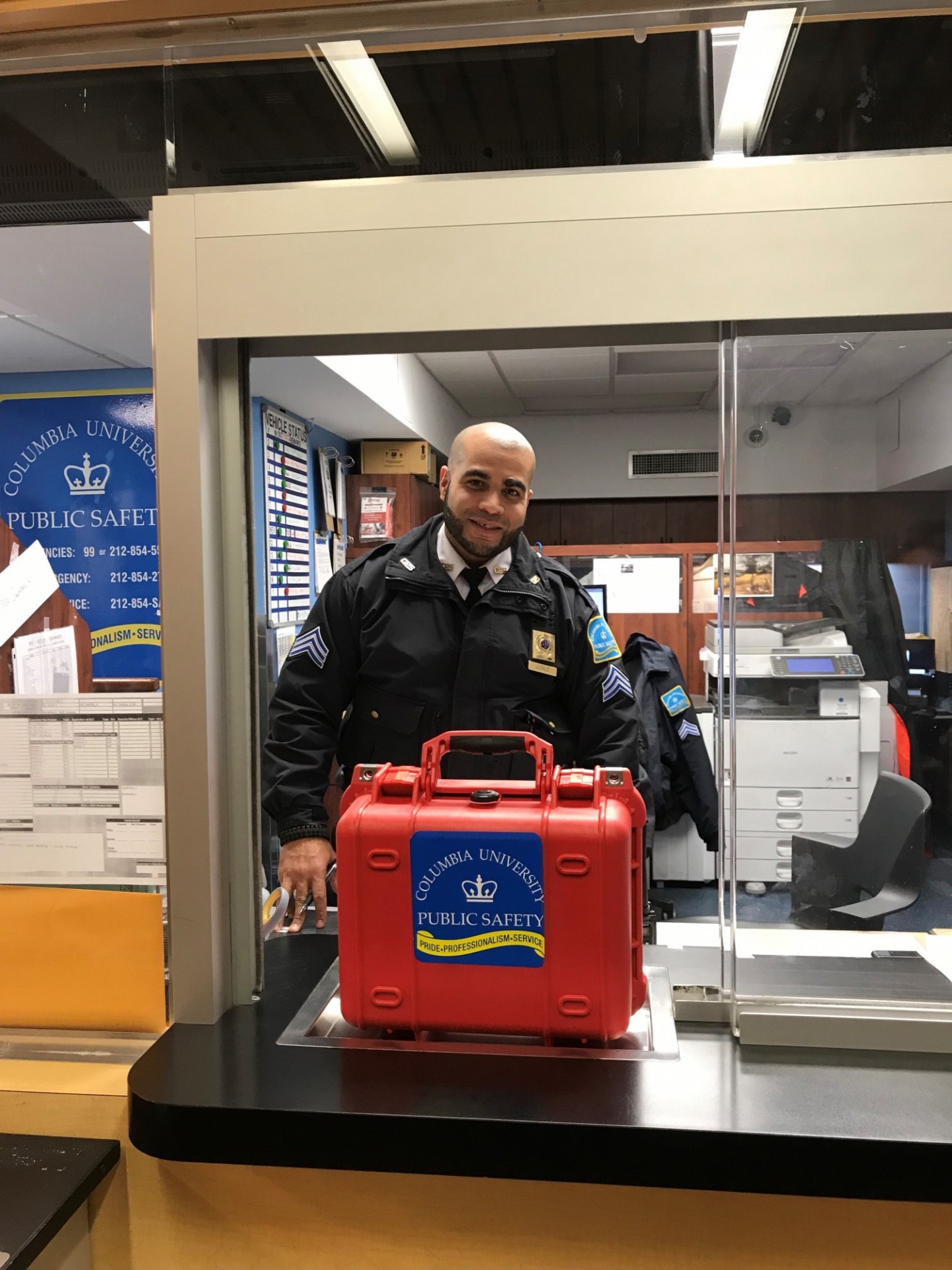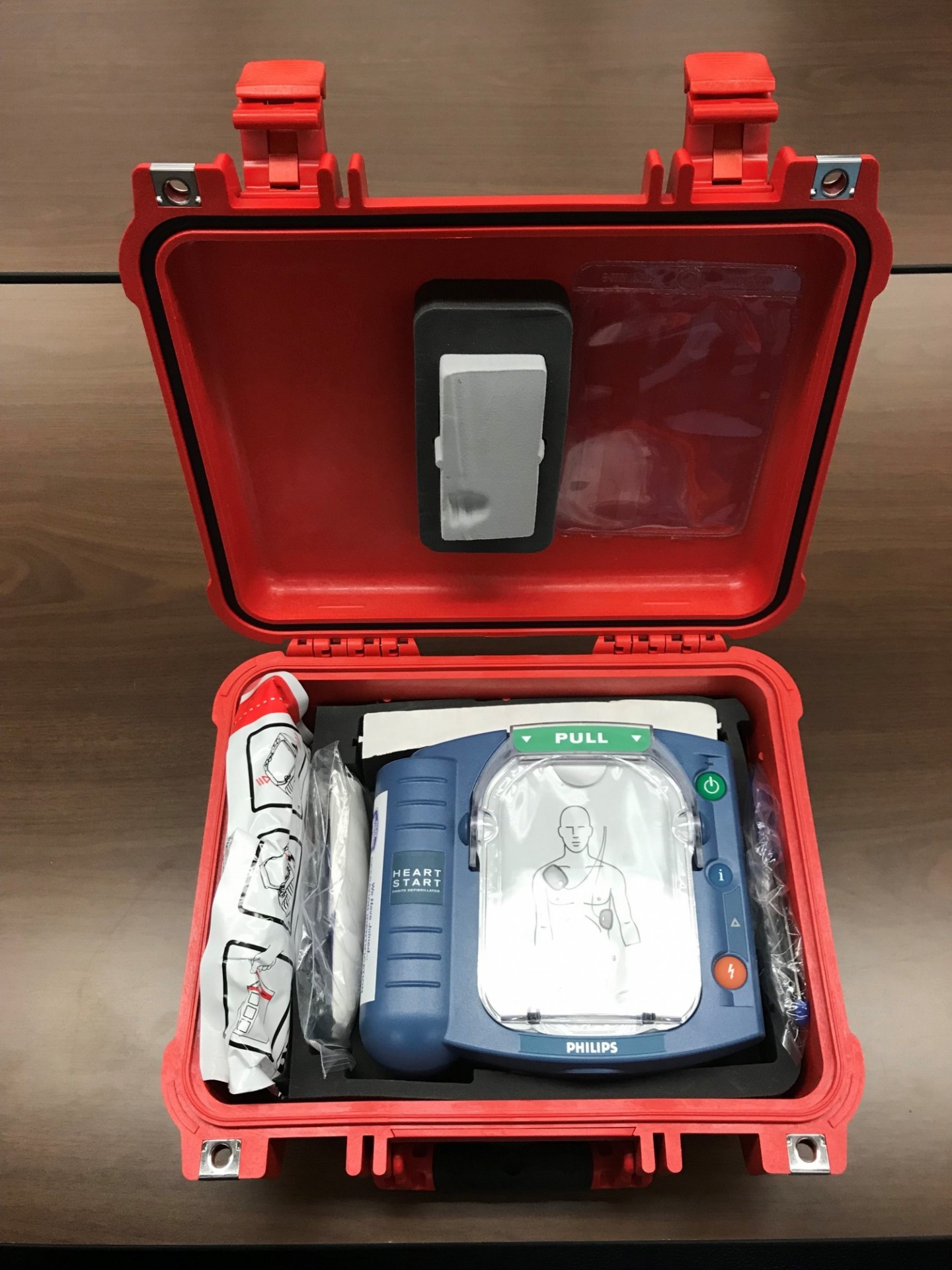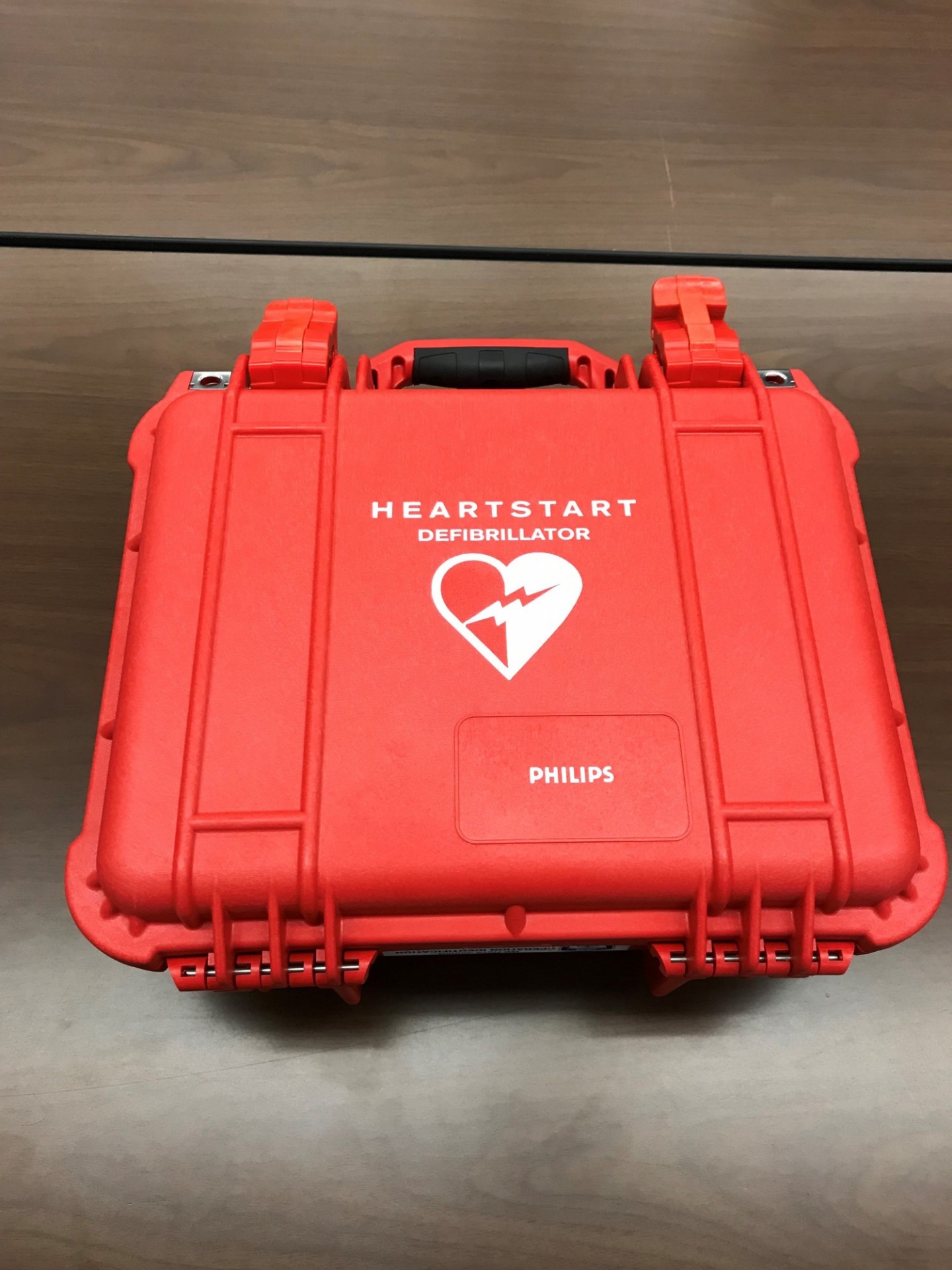The deployment of the four mobile units is the first phase of a University-wide public access defibrillation program. In the coming months, additional units will be installed in each of the Public Safety Operation Centers at Morningside, Manhattanville and Irving Medical Center, as well as at other buildings selected strategically across each of the campuses in order to provide optimal response to cardiac health emergencies.
“While all of Columbia’s campuses are situated within a strong network of nearby emergency medical services and hospitals, in some emergencies, every second counts. Simply put, this program can save lives By providing increased training for all of our officers and staging AED units 24/7 within four patrol cars and in our three operations centers, Public Safety is further enhancing our role in keeping people on campus safe,” said James F. McShane, Vice President for Public Safety.
When the public access defibrillation program was in the early planning stages nearly one year ago, Public Safety sent three managers to become certified as trainers for CPR and AED useso that those managers can train the Public Safety workforce directly. Since that time, CPR/AED training has become standard in both new employee and in-service trainings, with more than 80 percent of Public Safety’s uniformed staff now trained and certified in responding to cardiac arrest.
The expanded training also includes “stop the bleed” procedures, for instances when an injury involves massive bleeding. Officers are taught proper bleeding control techniques, including how to properly use hands, dressings, and tourniquets. Public Safety has kits containing essential items to control massive bleeding on hand in every patrol vehicle and several are located within the Public Safety Operation Centers at Morningside, Manhattanville and the Irving Medical Center campuses.
In addition, Public Safety supervisors – inclusive of uniformed sergeants and lieutenants – are equipped with and trained in administering naloxone as treatment for suspected opioid overdoses. More than 90 percent of supervisors have completed the training to date.
“In those times when a member of the campus community has a medical emergency, their first call is often to Public Safety. Sometimes, seconds count, and the more that our uniformed staff can address directly without needing to wait for additional medical support, the better off our University community will be,” continued McShane.


